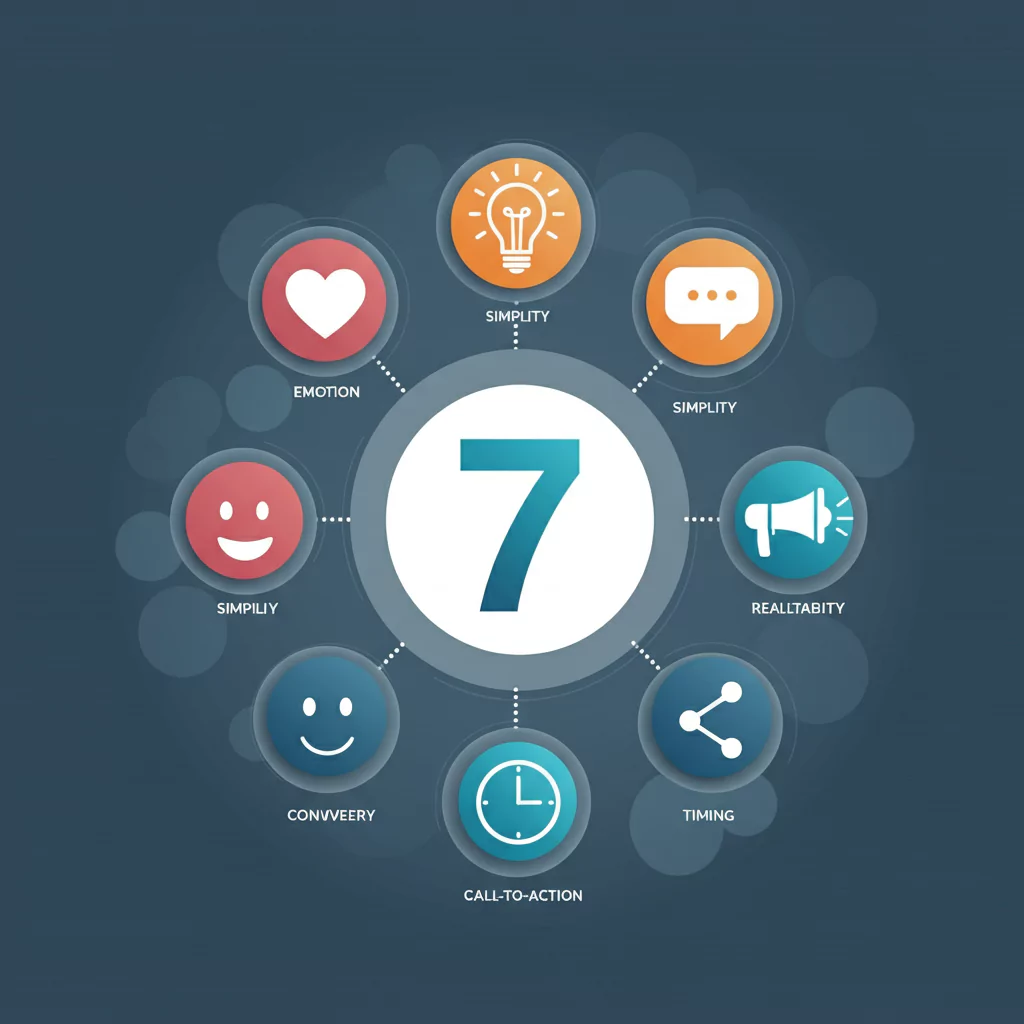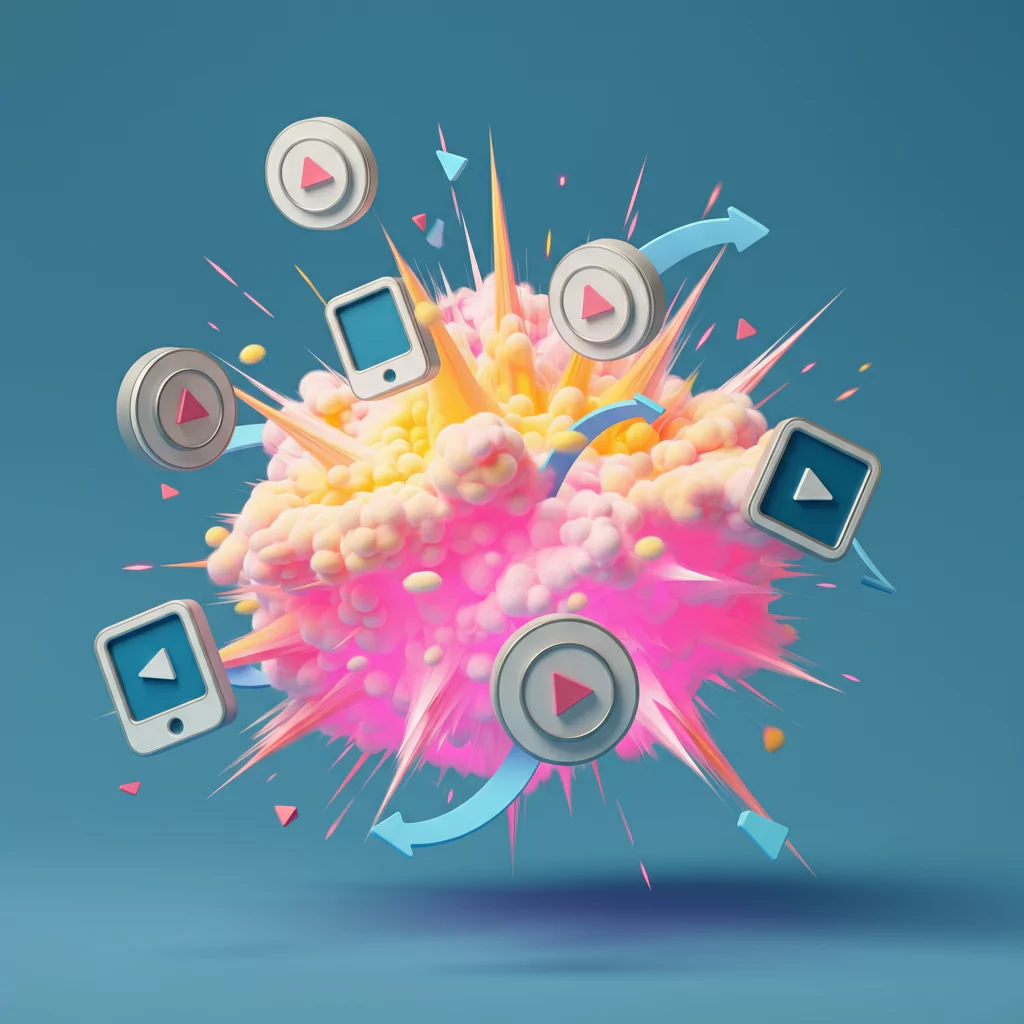
What causes a post, video, or campaign to explode in popularity seemingly overnight? Viral marketing. From quirky TikTok videos to global brand campaigns, viral marketing has become a modern phenomenon, offering businesses the opportunity to reach a massive audience with unparalleled speed. But what exactly is viral marketing, and how can your brand leverage it effectively?
In this guide, we’ll demystify viral marketing, explore its key components, and show you how to create campaigns that captivate your audience and encourage endless shares.
What Is Viral Marketing?
Viral marketing refers to promotional content that spreads rapidly from person to person, much like a virus (hence the name). Think of a funny meme a friend shared with you, or that catchy ad line that keeps popping up everywhere. When done right, viral marketing creates a ripple effect, reaching millions with minimal effort and low advertising costs.
The core idea is simple: create content that resonates so deeply with an audience that they can’t resist sharing it. This sharing often happens on social media, email, messaging apps, and other online platforms.
Benefits of Viral Marketing
Outside of the buzz and excitement, there are several tangible advantages to launching a successful viral marketing campaign:
- Massive Reach: Viral campaigns can potentially reach millions in a short time, surpassing traditional marketing efforts dramatically.
- Cost-Effective: Since much of the distribution relies on organic sharing, you spend less on advertising.
- Brand Awareness: Going viral solidifies your brand in the minds of consumers, often positioning it as trendy or innovative.
- Engagement: Viral content often sparks discussions, comments, and debates, increasing your overall engagement.
However, going viral isn’t guaranteed. It requires creativity, strategy, and a deep understanding of what resonates with your target audience.
7 Components of a Successful Viral Campaign

Creating a viral marketing campaign isn’t just luck; it’s a mix of creativity and science. Here’s what it takes:
1. Emotionally Resonant Content
The most shareable content evokes emotion, whether it’s humor, awe, excitement, or even a bit of outrage. People share content they find relatable, meaningful, or entertaining.
Example: Think of the “Share a Coke” campaign. By personalizing Coke bottles with names, it tapped into the joy of finding “your” Coke and the thrill of gifting one to a friend.
2. Simplicity
Viral campaigns are often simple yet profound. They convey a strong, clear message that’s easy to understand and resonate with instantly.
Example: The ALS Ice Bucket Challenge succeeded because its premise was simple, engaging, and easy to replicate. Dump ice water, challenge friends, and donate.
3. A Touch of Controversy
While this one comes with a caveat, a bit of controversy can fuel discussions and shares. Think provocative ads or bold stances on societal issues.
Example: Nike’s Colin Kaepernick ad. The campaign sparked debates worldwide and went viral because people were reacting strongly on both sides of the issue. However, it also reinforced Nike’s brand values and connected with its target audience.
4. Relatability
Content that connects with real, everyday experiences often strikes a chord. If your audience can see themselves in your campaign, they’re more likely to engage and share.
Example: Zendesk’s “Not That Into Zendesk” video humorously acknowledged that people care more about customer service experiences than the software tools behind them. It was quirky and relatable for support teams.
5. Call-to-Action (CTA)
Many viral campaigns succeed because they prompt the audience to take a specific, shareable action. A great CTA encourages people to engage and spread the word.
Example: “Post your reaction with #MannequinChallenge” encouraged thousands globally to share their creative takes on freezing in place for dramatic effect.
6. Timing and Trends
Timing is crucial for creating viral content. A campaign tied to cultural moments, trends, or hot topics has a better chance of gaining momentum.
Example: Wendy’s Twitter account has perfected responding in real-time to cultural moments with witty roasts, making their posts fun, on-trend, and highly shareable.
7. Easy Shareability
For something to go viral, sharing must be effortless. Ensure your content is formatted for the platforms where your audience spends time and optimize it for mobile consumption.
Example: Short videos under 30 seconds or catchy memes with engaging captions are perfect for social media sharing.
How to Launch Your First Viral Marketing Campaign
Now that you know the ingredients that inspire shares, here’s a simple roadmap for launching your campaign:
Step 1: Identify Your Audience
Who are you trying to reach? Understanding their preferences, habits, and pain points will help you craft a message that connects with them on a deeper level.
Step 2: Set Clear Goals
Is your campaign focused on increasing brand awareness, driving traffic, generating leads, or something else? Define your objectives and how success will be measured.
Step 3: Brainstorm Creative Ideas
Bring your brand essence to life with fresh, out-of-the-box ideas that stand out. Don’t be afraid to experiment!
Step 4: Choose Your Platforms
Where does your audience spend their time? If they’re on Instagram, consider creating short reels. If they’re on Twitter, opt for witty, shareable text paired with eye-catching graphics.
Step 5: Amplify with Influencers
Partner with influencers who align with your brand to turbocharge your reach. Influencers can help signal to their audiences that your content is worth sharing.
Step 6: Go Live and Monitor
Once your campaign goes live, monitor its performance. Engage with comments, likes, and shares to fuel momentum.
Step 7: Capitalize on Momentum
If your content starts going viral, seize the opportunity. Quickly create follow-up content or expand the campaign while your brand is still top of mind.
Viral Marketing Mistakes to Avoid
No campaign is foolproof, but here are some common pitfalls you can sidestep:
- Over-saturation: Pushing overly complex or excessive content can dilute your message.
- Ignoring Data and Analytics: Not tracking performance prevents you from learning and improving.
- Copying Other Campaigns Too Closely: Stay inspired by trends but focus on offering value unique to your brand.
The Future of Viral Marketing Lies with You
Viral marketing has evolved from a happy accident into a disciplined strategy that can catapult brands into the public consciousness. Whether you’re a small business or an established brand, understanding your audience, crafting compelling content, and leveraging social platforms can help your message rise above the noise.
If you’re ready to start your next viral campaign, why not get some help? Jasper’s AI tools make brainstorming, copywriting, and refining your ideas easier than ever. Sign up today and create campaigns that will have everyone talking—for all the right reasons.










Leave a Reply